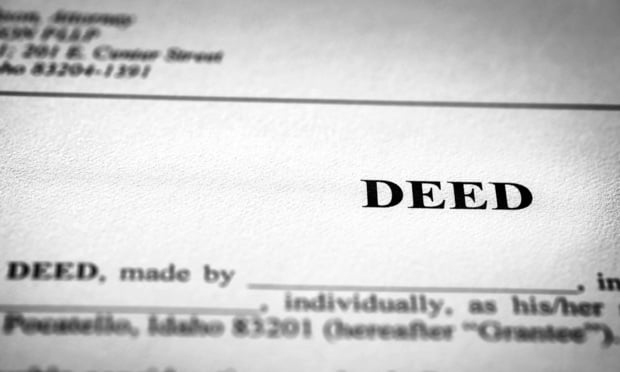Law.com Subscribers SAVE 30%
Call 855-808-4530 or email [email protected] to receive your discount on a new subscription.
Read This Before You Set Your 2018 Billing Rates
Setting the next year's billing rates follows a simple formula at most firms: last year's rate plus a common percentage increase across all lawyer cohorts. A more disaggregated approach is needed. Specifically, firms should set higher percentage increases for senior lawyers and lower increases for junior lawyers. Why? Because, over the next 10 years, hours leverage (i.e., the number of associate hours per partner hour) at elite law firms will decline as more of the lower value-added work is handled not by junior lawyers but by enhanced technologies, in-house counsel, and alternative service providers. To maintain profitability, the margin that was earned on the displaced junior lawyer time has to be recouped through higher margins on senior lawyer time. Failure to increase senior billing rates differentially, and thus to rebalance the source of margin from junior to senior lawyer time, will result in a calamitous decline in profitability. It can be avoided if firms start now to gradually change their billing rate structures.
Today's Billing Rate Structures
Law firm billing rates are perverse. Normally a business charges a higher markup on a higher value product — for example, jewelry sells for twice its cost while milk sells for a few percent above its cost. Not so in law: most firms charge out their junior associates at a higher markup of their cost than they do their senior associates. Table 1, below, shows the numbers: the billing rates are those for a typical elite firm and are translated to equivalent annual time charges assuming 1,800 billed hours per attorney; the associate base and bonus compensation follow last-year's Cravath scale. The “markup” is the number of times annual time charges exceed annual compensation. As the data show, the markup declines from about 4.5 times in the junior cohorts to 3.4 times in the senior cohorts, a sharp contrast and the opposite of the pattern one would expect.
This premium content is locked for Entertainment Law & Finance subscribers only
ENJOY UNLIMITED ACCESS TO THE SINGLE SOURCE OF OBJECTIVE LEGAL ANALYSIS, PRACTICAL INSIGHTS, AND NEWS IN ENTERTAINMENT LAW.
- Stay current on the latest information, rulings, regulations, and trends
- Includes practical, must-have information on copyrights, royalties, AI, and more
- Tap into expert guidance from top entertainment lawyers and experts
Already a have an account? Sign In Now Log In Now
For enterprise-wide or corporate acess, please contact Customer Service at [email protected] or 877-256-2473

Major Differences In UK, U.S. Copyright Laws
This article highlights how copyright law in the United Kingdom differs from U.S. copyright law, and points out differences that may be crucial to entertainment and media businesses familiar with U.S law that are interested in operating in the United Kingdom or under UK law. The article also briefly addresses contrasts in UK and U.S. trademark law.

The Article 8 Opt In
The Article 8 opt-in election adds an additional layer of complexity to the already labyrinthine rules governing perfection of security interests under the UCC. A lender that is unaware of the nuances created by the opt in (may find its security interest vulnerable to being primed by another party that has taken steps to perfect in a superior manner under the circumstances.

Strategy vs. Tactics: Two Sides of a Difficult Coin
With each successive large-scale cyber attack, it is slowly becoming clear that ransomware attacks are targeting the critical infrastructure of the most powerful country on the planet. Understanding the strategy, and tactics of our opponents, as well as the strategy and the tactics we implement as a response are vital to victory.

Legal Possession: What Does It Mean?
Possession of real property is a matter of physical fact. Having the right or legal entitlement to possession is not "possession," possession is "the fact of having or holding property in one's power." That power means having physical dominion and control over the property.

The Stranger to the Deed Rule
In 1987, a unanimous Court of Appeals reaffirmed the vitality of the "stranger to the deed" rule, which holds that if a grantor executes a deed to a grantee purporting to create an easement in a third party, the easement is invalid. Daniello v. Wagner, decided by the Second Department on November 29th, makes it clear that not all grantors (or their lawyers) have received the Court of Appeals' message, suggesting that the rule needs re-examination.

